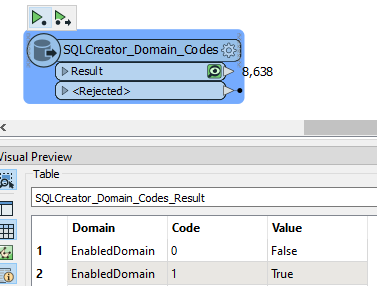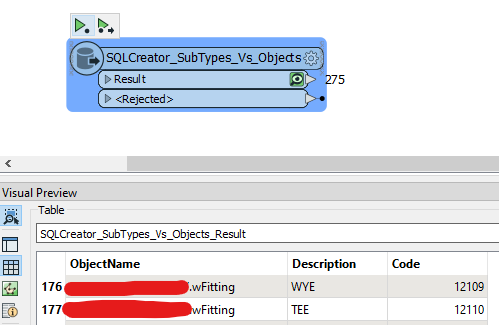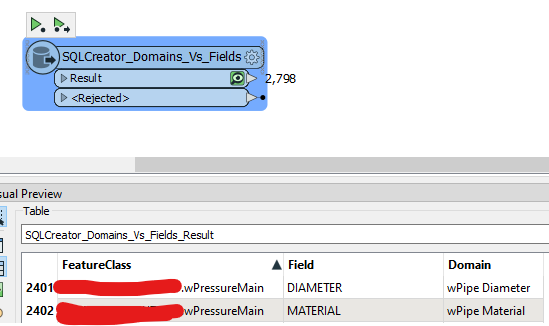Hi,
It seems there is no easy way to do this from what I have read on this topic. I really wish for a way to extract coded domains from feature classes in an SDE geodatabase.
I don’t even have to have the field names since I have named the domains after the featureclass, subtype and field it is attatched to.
How can I get a hold of domain lists within FME?
The point for me is to regularly be able to pull out lists of the options my users have in different fields since these need to be looked over now and then.

















